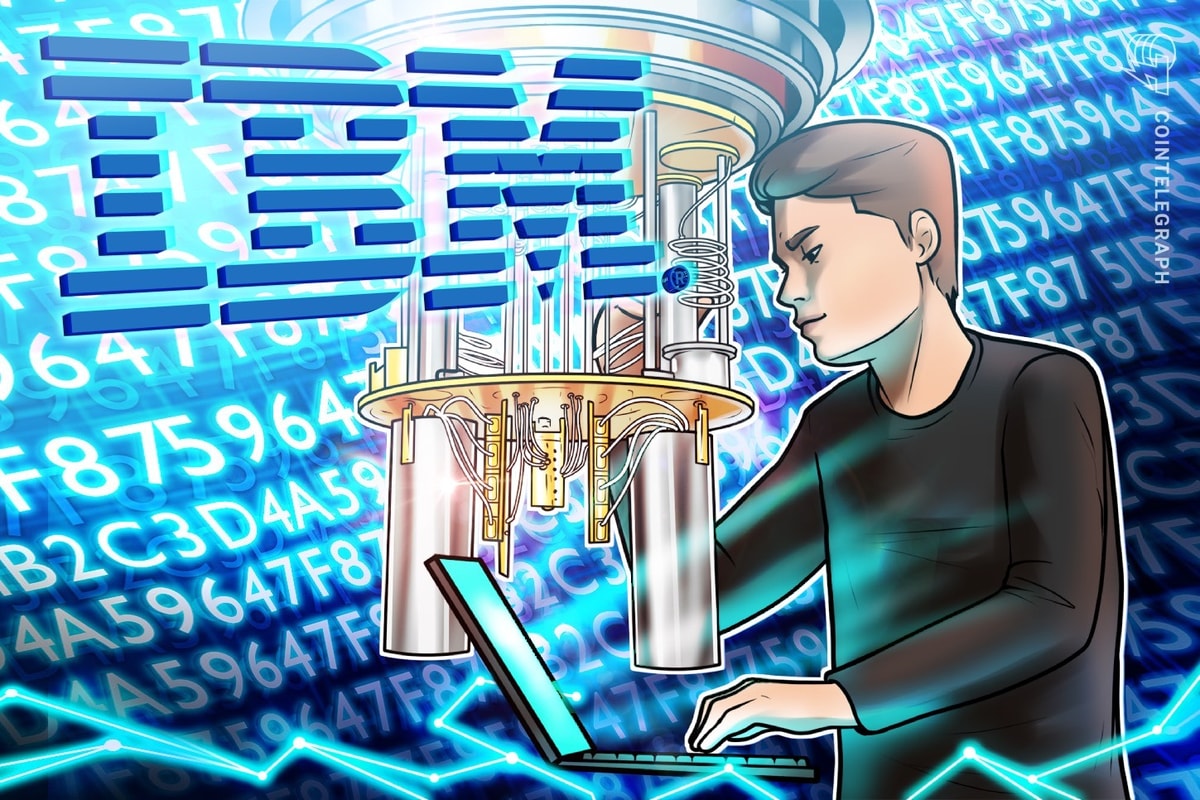Gateway CFO says funding is in place for Hudson rail tunnel
5 min read

The Gateway Development Commission expects to finalize its last grant for the Hudson Tunnel Project by the end of the month, according to its CFO, Pat McCoy.
With the $3.8 billion grant from the Federal Railroad Administration, the project will have secured all of its funding, McCoy said at his fireside chat with the Municipal Analysts Group of New York on Wednesday.
McCoy shared details about construction, political maneuvers and the project’s funding plan — and why it has no plans to issue bonds.
Bloomberg News
It takes a lot of planning, McCoy told moderator Tammy Gamerman, a Fitch analyst, to coordinate the “most urgent infrastructure project in America.”
“We didn’t say” the new Hudson tunnels were the most urgent project in the country, McCoy said. “President Biden said that.”
The rail connection from Manhattan to New Jersey currently depends on a 114-year-old tunnel with two sets of tracks, jammed to capacity with Amtrak intercity and NJTransit commuter trains.
Gateway will build a new tunnel for two additional sets of tracks, and rehabilitate the aging North River Tunnel. It also will replace the 117-year-old Portal North drawbridge in New Jersey and a variety of other projects to guarantee the future of that key segment of the Northeast corridor.
The project, estimated to cost $16.3 billion, requires coordination between six state and federal agencies to create two new tracks and 4.8 miles of new tunnels, said McCoy, who managed debt issuance at the New York’s Metropolitan Transportation Authority for two decades before joining the Gateway commission.
“You’re going to encounter problems. It doesn’t matter what kind of project it is,” McCoy said. “You remodel your home bathroom, you encounter problems. You dig a tunnel under the Hudson River, you’re going to encounter problems.”
Securing federal grants was “an arduous, complex process,” McCoy said, adding that the commission now has a full version of the Hudson Tunnel Project’s intricate funding program.
In July, the Gateway commission
The grant gave the commission $800 million in July, and the commission has not drawn on it yet. The rest of the FFA grant will be reimbursing the Gateway commission for the costs of development throughout the project. So, when the commission applied for the Capital Investment Grant, it also applied for three Railroad Rehabilitation and Improvement Financing loans through the DOT’s Build America Bureau.
The DOT approved $4.1 billion of RRIF loans in July — the largest aggregate RRIF loan ever, according to the GDC. GDC doesn’t need to make payments on the loans until 2034 and 2035.
The debt service costs for the RRIF loans will come from the states. The Port Authority of New York and New Jersey will contribute $2.678 billion, New York will pay $1.335 billion, and New Jersey will pay $308 million.
Concurrently with those federal funds, the Gateway commission secured a $500 million revolving credit agreement with Bank of America for liquidity facility.
The project has received two other grants from DOT programs created by the bipartisan infrastructure law: a $25 million RAISE grant and a
The project is also getting $1.016 billion from Amtrak.
Finally, there’s the $3.8 billion Federal-State Partnership for Intercity Passenger Rail grant that McCoy said should be finished in the coming days. Although that grant was announced nearly a year ago, it will be the last of the project’s federal funding to be executed. $1.9 billion of the grant will be available to the GDC immediately upon its execution, McCoy said.
If the project experiences cost overruns, they will be covered by New York, New Jersey and Amtrak.
The Gateway Program has run into numerous stumbling blocks. It was stalled
McCoy said he’s confident that the funding is secure, but the political precarity adds an urgency to GDC’s approach to construction.
“The president and the administration, no matter what their desire, there’s money on the table,” McCoy said. “There’s money that we’re intending to spend. So our feeling is that this has gone beyond the point of no return.”
Gateway has three
Having construction projects on both sides of the river was one of the GDC’s “most critical goals,” McCoy said, and it provides the project with a layer of political protection.
The next phase, the Palisades Tunnel Project, will be the start of tunnel boring for the Hudson tunnel. Upon the project’s completion, slated for 2027, the Gateway commission will have created the first mile of twin tunnels on the New Jersey side of the river.
Soon, the commission plans to award a contract for the Manhattan tunnel, from the Manhattan Bulkhead to 10th Avenue. And it expects to release a request for proposal for surface alignment for a track bed in New Jersey in 2025.
McCoy is more involved in the details of this construction than he was when he worked at the MTA, he told MAGNY.
The MTA has roughly 70,000 employees; the GDC has about 50, McCoy said. The MTA also has revenue to help with liquidity and resources to deal with various problems. At the GDC, McCoy works with partners to help with resources and decision-making.
“At each juncture, all the partners sit around the table and work it out together.” McCoy said. “Each partner has dedicated staff who sit with us. We’re in calls on a daily basis on all of the nuances of advancing a package.”






